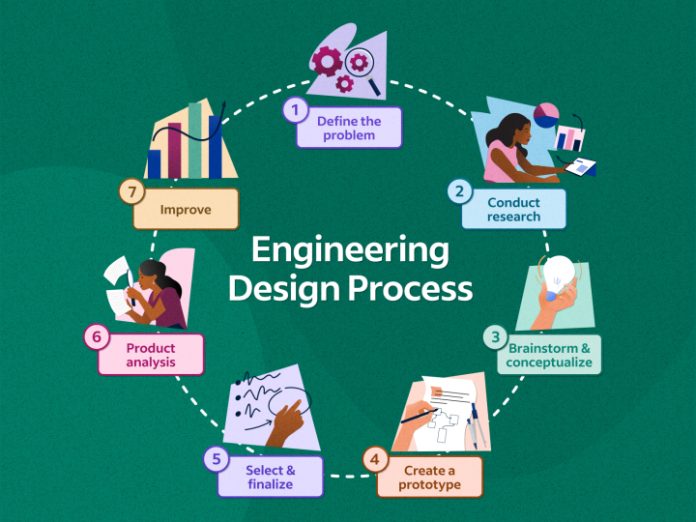Engineering and prototyping strategies are essential for businesses that want to stay ahead of the competition. With the right approach, these strategies can be used to create a competitive advantage and help you move forward in your business goals. Here are 9 surprising insights to improve your engineering and prototyping strategies:
- Understand Your Environment – It is important to understand the environment you will be working in when designing prototypes or developing engineering projects. This includes things like learning about the local climate, materials available and any other factors that could affect your project before starting out.
- Keep it Simple – Whenever possible, strive for simplicity in engineering designs or prototypes. Complex solutions can often require more time and resources than simpler solutions while still providing the same outcome. Keeping it simple with engineering designs and prototypes is often a key factor in ensuring success. Complex solutions also tend to have a higher chance of failure. Aim to use technology that is already in existence or easily available, rather than developing something from scratch. This will save you time and money while still giving you the desired outcome.
- Prioritize Quality – Don’t sacrifice quality for cost or time when engineering and prototyping projects. Poorly constructed designs or prototypes can be costly to fix in the long run, so make sure you prioritize a quality build from the start. Invest in the right materials and take the time to test and iterate as needed.
- Test Early and Often – Testing is an integral part of engineering and prototyping strategies, so make sure you test early and often throughout the process. This will help ensure that any issues are caught quickly before they become serious problems later on. Testing also allows you to gain valuable feedback on the design and functionality of your prototype, which can provide invaluable insights and help you refine the product further. Finally, testing helps you discover any unexpected problems that may arise during production or use, so addressing them early on will save time and money in the long run.
- Iterate Quickly – Don’t be afraid to iterate quickly when dealing with engineering and prototyping projects; it’s better to move forward more rapidly than waiting too long between iterations. This will allow you to make progress on your project more quickly and with fewer issues.
- Use Automated Solutions – Automation can be a great tool for engineering and prototyping strategies, as it allows for streamlined development processes that require less manual effort. Consider incorporating automated solutions into your process whenever possible. Automation can save time, money, and resources while enhancing efficiency. This could mean utilizing a CAD program to quickly design prototype components or setting up automated testing systems that run simulations on your designs virtually. Automated solutions will allow you to work faster and with greater accuracy, resulting in better products in less time.
- Utilize 3D Printing – 3D printing is becoming increasingly popular in the engineering space, as it can provide rapid prototyping capabilities and cost savings compared to traditional methods. Leverage this technology if applicable to gain an edge over your competitors. 3D printing also allows for a greater level of complexity and customization in the design process. Additionally, it can help to reduce time to market, as 3D printed parts can be produced quickly and easily. Finally, 3D printing is an excellent way to reduce waste by eliminating the need for large-scale assembly.
- Take Feedback Seriously – Listening to customer feedback is important when developing solutions or products; take criticism seriously and don’t be afraid to adjust plans or designs if necessary. Engaging with stakeholders early on can help to ensure that the final product is up to their expectations. Additionally, feedback can also provide a valuable source of insight into how the product is being used. This can help inform future iterations and keep your engineering efforts relevant to the market.
- Leverage Resources – Don’t be afraid to utilize outside resources when dealing with engineering and prototyping projects. There are a variety of online tools, services and experts that can help you make progress on your project in a more efficient manner. Additionally, there are plenty of resources available online that can help you learn more about engineering and prototyping. Don’t be afraid to take advantage of these to get up to speed on the latest technologies and approaches. This can help you work smarter, not harder, when it comes to your engineering.
By utilizing these 9 insights, you can improve your engineering and prototyping strategies to create competitive advantages for your business. See this site for an example of these principles in action. With the right approach, you can move forward in achieving your goals and staying ahead of the competition.







